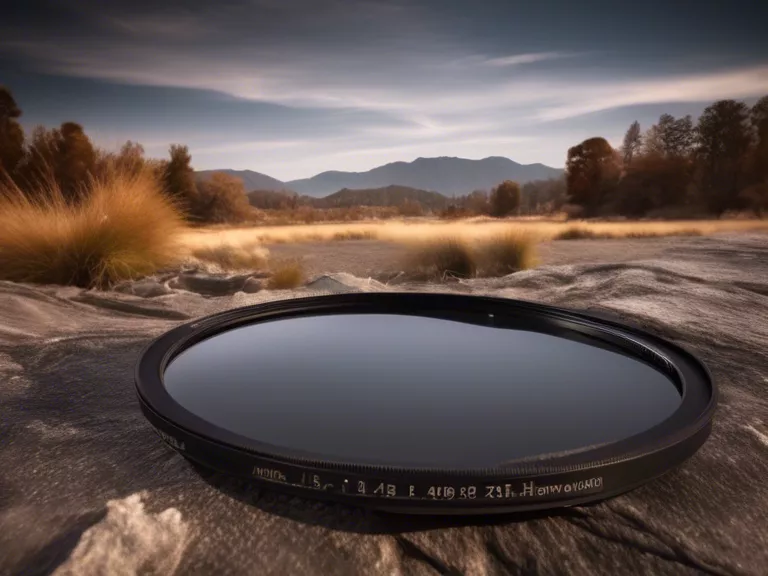
A Beginner’s Guide to Using Neutral Density Filters Effectively
Neutral density filters are a valuable tool for photographers looking to control the amount of light entering the camera lens without affecting the color of the image. Whether you are a landscape photographer trying to capture a stunning waterfall with a slow shutter speed or a portrait photographer looking to achieve a shallow depth of field in bright sunlight, neutral density filters can help you achieve your desired results. In this beginner’s guide, we will explore how to use neutral density filters effectively to enhance your photography.
Choosing the Right Filter
The first step in using neutral density filters effectively is choosing the right filter for the job. Neutral density filters come in different strengths, typically measured in stops. The higher the number of stops, the darker the filter and the more light it will block. For beginners, a 3-stop or 6-stop filter is a good starting point, as it provides enough light reduction for most situations without being too extreme.
Understanding Exposure
When using a neutral density filter, it is important to understand how it affects exposure. Since the filter reduces the amount of light entering the camera, you will need to adjust your exposure settings accordingly. Start by setting your camera to manual mode and adjusting the shutter speed and aperture to compensate for the reduced light. A good rule of thumb is to double the shutter speed each time you increase the filter strength by one stop.
Experimenting with Long Exposures
One of the key benefits of using neutral density filters is the ability to capture long exposure images, which can create stunning effects such as silky smooth waterfalls or streaking clouds. To achieve this, set your camera on a tripod, compose your shot, and use a slow shutter speed to capture the movement of the subject. Experiment with different shutter speeds to find the right balance between motion blur and sharpness.
Avoiding Color Casts
Some neutral density filters can introduce a color cast to your images, which can be difficult to correct in post-processing. To avoid this, invest in high-quality filters made from optical glass or resin. Additionally, using a white balance card or setting a custom white balance can help neutralize any unwanted color shifts.
Practice and Patience
Like any photography technique, using neutral density filters effectively takes practice and patience. Experiment with different filters, settings, and subjects to hone your skills and develop your own unique style. With time and dedication, you will be able to create captivating images that stand out from the crowd.



